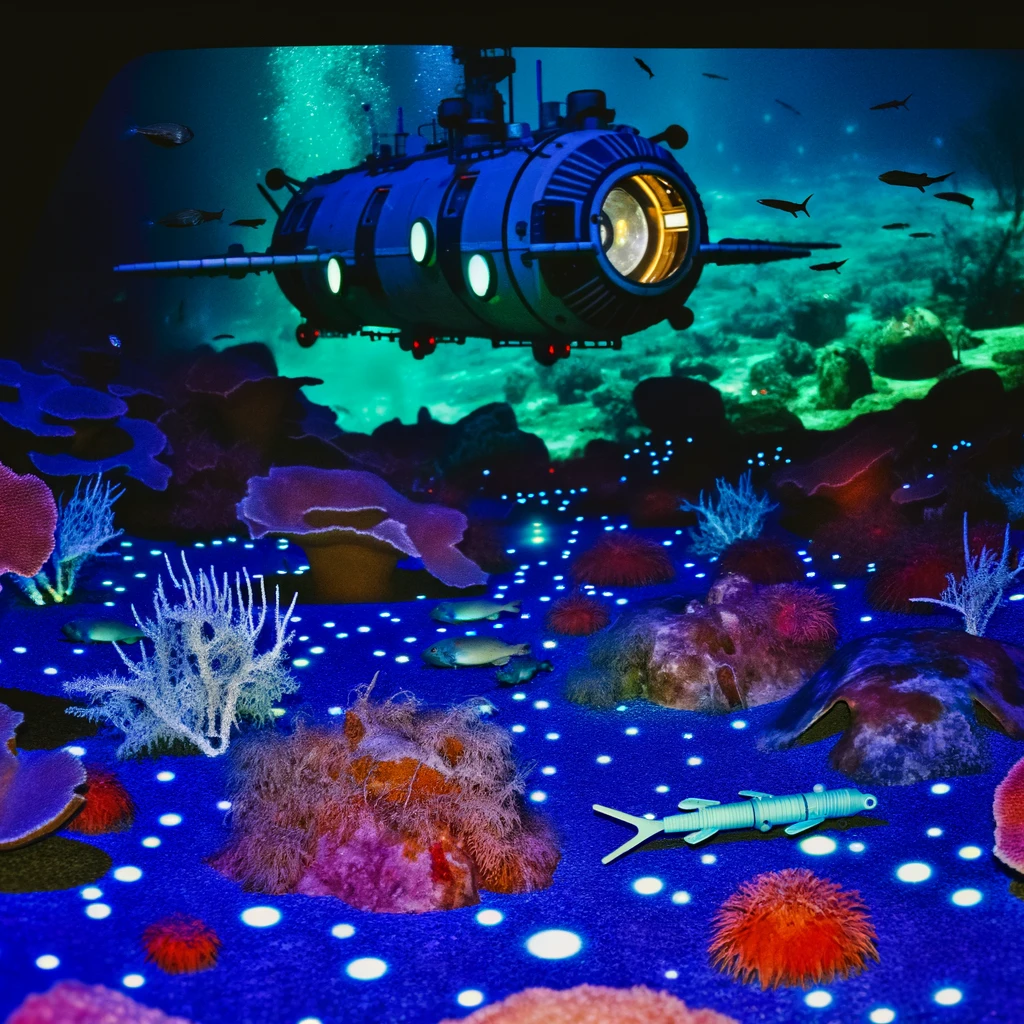
The History of the Internet: From Inception to Global Connectivity
The internet has become an integral part of modern life, revolutionizing the way we communicate, work, and entertain ourselves. But how did this vast network come to be? This article delves into the history of the internet, tracing its origins and evolution into the global connectivity tool we know today.
The Early Days: ARPANET and the Foundations of the Internet
The story of the internet begins in the 1960s, amidst the Cold War era, when the need for a robust, decentralized communication network became apparent. The Advanced Research Projects Agency Network (ARPANET), funded by the United States Department of Defense, was the first network to implement the protocol suite TCP/IP, which is the foundation of today's internet.
ARPANET: The First Network
ARPANET was developed by researchers to enable communication between various academic and military institutions. The first successful message was sent from a computer at the University of California, Los Angeles (UCLA) to the Stanford Research Institute in 1969. The network soon expanded to include more nodes, evolving into a precursor of today's internet.
The Development of TCP/IP and the Transition to an Open Network
Throughout the 1970s, computer scientists continued to refine the network protocols to enhance connectivity and data transfer efficiency. The Transmission Control Protocol/Internet Protocol (TCP/IP) was developed, which became the standard networking protocol. In 1983, the transition to TCP/IP was completed, marking a significant milestone in the evolution of the internet.
The Role of Universities and Research Institutions
During this period, universities and research institutions played a pivotal role in expanding the network. The National Science Foundation (NSF) funded the creation of a network called NSFNET, which further democratized internet access, allowing more institutions to connect and collaborate.
The Birth of the World Wide Web
The next major leap in internet history occurred in 1989 when Tim Berners-Lee, a British scientist at CERN, proposed a system for sharing information over the internet. This proposal led to the creation of the World Wide Web (WWW), which introduced web pages and hyperlinks, fundamentally transforming how information was accessed and shared.
Commercialization and the Dot-com Boom
The 1990s saw the commercialization of the internet, leading to the rise of internet service providers (ISPs) and the introduction of web browsers like Netscape Navigator and Internet Explorer. This era also witnessed the dot-com boom, characterized by rapid investment in internet-based companies.
The Internet Today: Global Connectivity and Future Prospects
Today, the internet is ubiquitous, connecting billions of people worldwide. It has transformed industries, created new economic opportunities, and reshaped social interactions. The rise of mobile technology, social media, and cloud computing continues to drive innovations in connectivity.
The Internet of Things (IoT) and Beyond
As we look to the future, the Internet of Things (IoT) promises to connect everyday objects, creating smart environments that enhance efficiency and convenience. Meanwhile, advancements in artificial intelligence and machine learning are set to further integrate the internet into every aspect of our lives.
In conclusion, the history of the internet is a testament to human ingenuity and the relentless pursuit of connectivity. From its humble beginnings as a military research project to its current status as a global communication network, the internet continues to evolve, shaping the future of our world.
Related Articles





